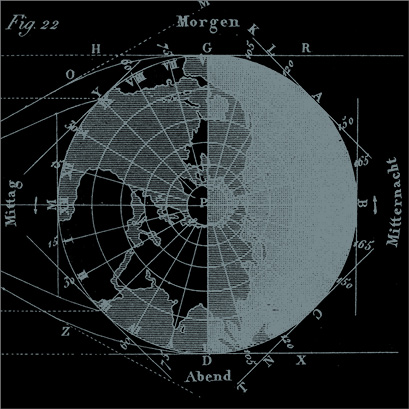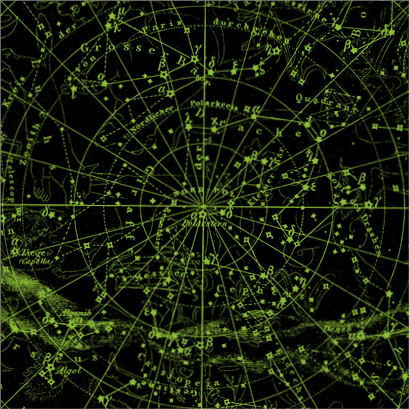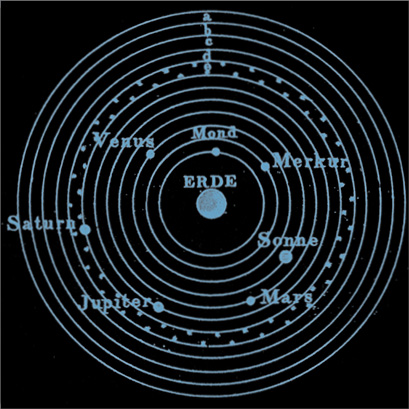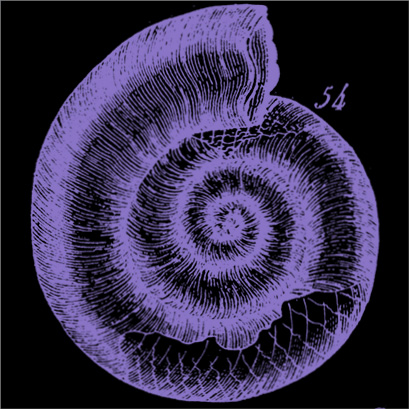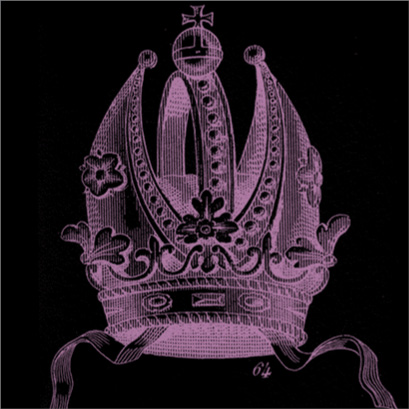The Vision Series 4: Machines
THE VISION SERIES![]() A GBD MICROSITE
A GBD MICROSITE

“It is only when they go wrong that machines remind you how powerful they are.”
Clive James
![]()
FACTS ABOUT VISION: Most Vision Problems are Curable or Avoidable
When it comes to facts about eyes, this might just be the saddest. Around the world, 80% of all vision problems are avoidable, and many are even curable. Around the world, there are more than 2.2 billion people who need vision correction but don’t have access to health care services that could provide it. Many of those cases are connected to cataracts. Cataracts are treatable through a routine surgery. But despite this, there are more than 18 million people around the world suffering from blindness as a result of cataracts. An additional 52 million suffer from moderate to severe vision loss as a result of untreated cataracts. More than 90% of those affected by blindness or vision loss due to cataracts are living in developing nations. Other common causes of blindness around the world that are less easy to treat are diabetes, glaucoma, and head injuries. [A]
![]()
BOOKS ABOUT EYES: “The Eye of the Lynx: Galileo, His Friends, and the Beginnings of Modern Natural History”
by David Freedberg, University of Chicago Press, 2002
Some years ago, David Freedberg opened a dusty cupboard at Windsor Castle and discovered hundreds of vividly colored, masterfully precise drawings of all sorts of plants and animals from the Old and New Worlds. Coming upon thousands more drawings like them across Europe, Freedberg finally traced them all back to a little-known scientific organization from seventeenth-century Italy called the Academy of Linceans (or Lynxes). Founded by Prince Federico Cesi in 1603, the Linceans took as their task nothing less than the documentation and classification of all of nature in pictorial form. In this first book-length study of the Linceans to appear in English, Freedberg focuses especially on their unprecedented use of drawings based on microscopic observation and other new techniques of visualization. Where previous thinkers had classified objects based mainly on similarities of external appearance, the Linceans instead turned increasingly to sectioning, dissection, and observation of internal structures. They applied their new research techniques to an incredible variety of subjects, from the objects in the heavens studied by their most famous (and infamous) member Galileo Galilei—whom they supported at the most critical moments of his career—to the flora and fauna of Mexico, bees, fossils, and the reproduction of plants and fungi. But by demonstrating the inadequacy of surface structures for ordering the world, the Linceans unwittingly planted the seeds for the demise of their own favorite method—visual description-as a mode of scientific classification. [B]
Please use the thumbnails below to navigate through this section of the site.
[A] The facts above are from the Magruder Eye Institute.
[B] The books noted are from a list by BiblioVault.



